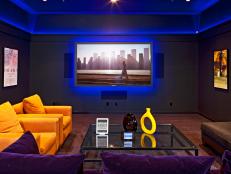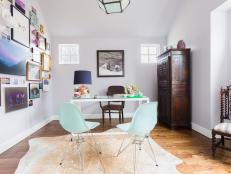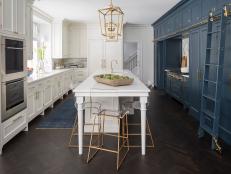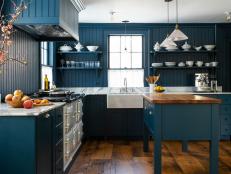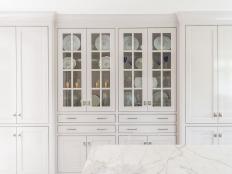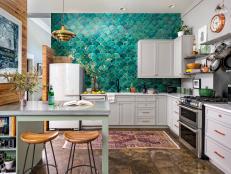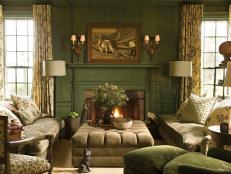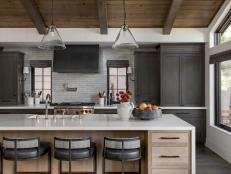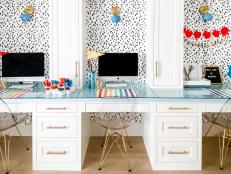Media Room Design Ideas
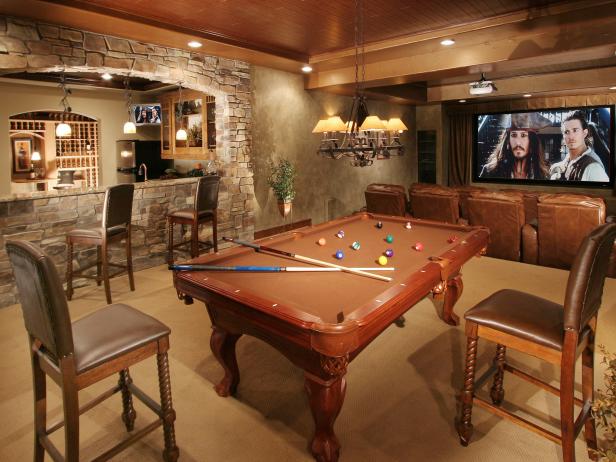
Brian Patrick Flynn
Media rooms and home theaters have become more popular in recent years, both for their enjoyment factor and because they can increase a home's resale value. If you're considering installing or redesigning one, you'll want to explore these media room design ideas to ensure the space you end up with will provide hours of entertainment for family members and guests alike.
Designer Home Theaters and Media Rooms
See All PhotosBefore settling on the media room design that's right for your home and family, you'll want to think about the location of this entertainment space. The two most important factors for media room location are light and sound—you'll want a space where you'll have as much control as possible over these key considerations. For this reason, media rooms are often located in basements, off a main living or family room, or in an upstairs spare bedroom—someplace that's self-contained, quiet, and won't interrupt the overall business of the home when it's in use. There's no requirement to locate a media room in one of these areas of the home, but it's possible that other spaces will require more customization to ensure proper lighting and sound control.
Once you've identified a location for your media room, it's time to start thinking about its technical, audio-visual (AV) and design requirements. You'll first want to investigate your chosen location's suitability for custom wiring—you'll likely need it for lighting, video, audio and internet access. The first three categories are essential for any media room. Internet access is a recommended feature, as homeowners generally want the ability to stream video to TVs or projection screens, or connect for multiplayer gaming or web surfing in the media room. You'll also want to ensure that you can hide the wiring for lighting and electronics in the room's drywall, or in discreet tubing throughout the room. Visible wiring isn't the most aesthetically pleasing feature for a media room, and it can create an electrical hazard, as well.
When wiring has been sorted out, it's time to consider the audio-visual and electronic equipment you'll feature in your media room. The diversity of choices in terms of cost and complexity are just about infinite, but one guiding factor you can often use to help you choose is the size of your media room. The room's dimensions will go a long way towards determining things like the size of the TV or projection screen needed, the number or speakers required for your sound system, and the scope of the lighting system.
Once you've procured the AV and electronic equipment for your media room, it's time to think about the aesthetic design. Once more, the scope and layout of the space will be a consideration when it comes to the amount and type of furniture and accessories you'll choose. Larger media rooms sometimes resemble real movie theaters, with cinema-style stadium seating and large armchairs provided for each guest. On the other hand, homeowners with smaller media rooms may choose a more low-profile configuration of couches and chairs.
See Also: Planning Your Own Home Theater






